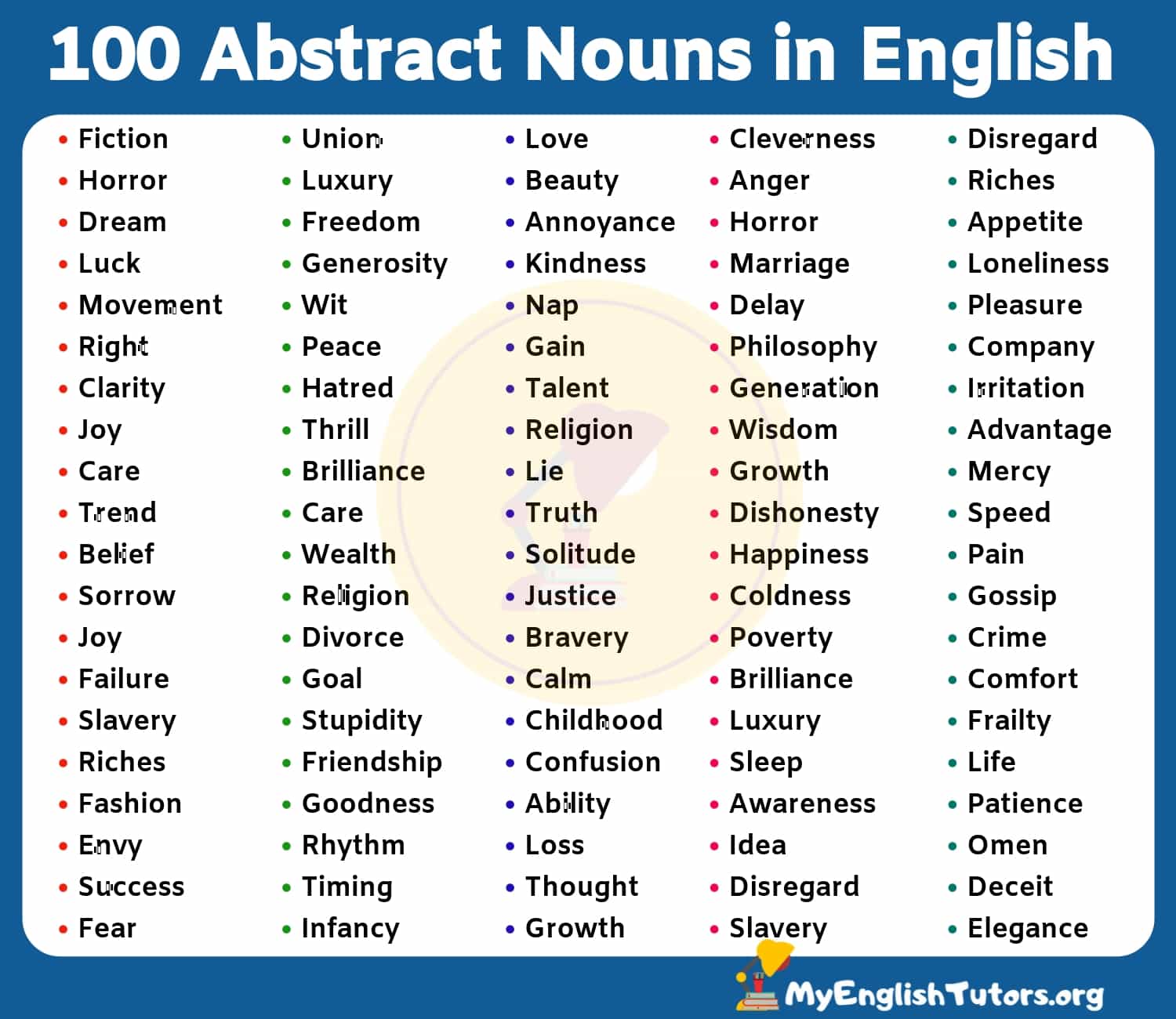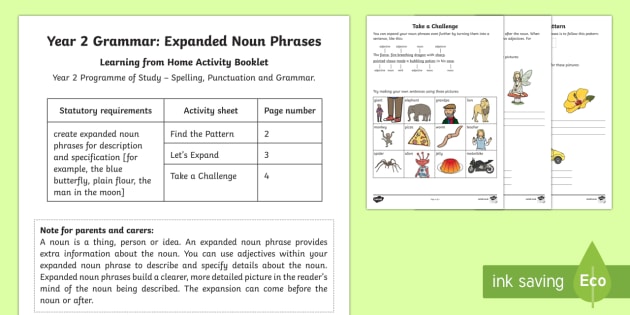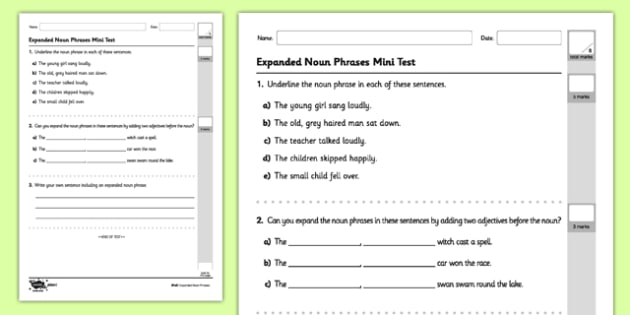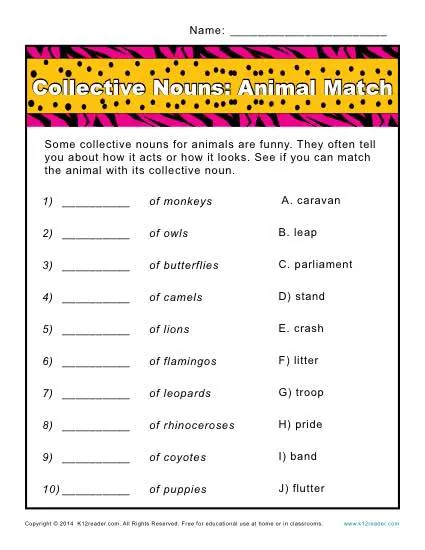Challenge them to add adjectives and prepositional phrases to the example sentences and then write their own paragraph using as many expanded noun phrases as possible. Teach children all about expanded noun phrases with this video which provides clear examples of noun phrases created by adding adjectives and prepositional phrases. Adding expanded noun phrases to a sentence will create a clearer picture in the mind of your reader.
4G32 Noun phrases expanded by the addition of modifying adjectives nouns and preposition phrases eg. Challenge them to add adjectives and prepositional phrases to the. If one or more adjectives are listed to describe the noun a comma should be added to separate the sentence. Expanded Noun Phrases Year 4 This PowerPoint is a great way to teach children how to identify and use expanded noun phrases. One of Pearson's free sample resources to download happens to be this worksheet on expanding noun phrases. It includes helpful terminology, activities and ideas for spotting expanded noun phrases in reading and and using them in writing.
Questions to support identifying noun phrases in multi-clause sentences. Noun phrases are expanded with adjectives, adverbs and/or prepositions. An English collection with videos a quiz and a game for Year 4 P5 students learning about fronted adverbials and expanded noun phrases. Expanded noun phrases add more detail to the noun by adding one or more adjectivesAn adjective is a word that describes a noun.
Noun Phrases turn up in two places in the National Curriculum. So it was with great pleasure to find this punky ditty that features a bunch of good examples of expanded noun phrases that use adjectives before the nouns and prepositions after them. Identify two noun phrases in a multi-clause sentence, then rewrite it using a different noun phrase. In this lesson, we will explore expanded noun phrases.
We will start by introducing the adjective, adjective noun expression. Then we will look at adding in prepositional phrases and to identify these in an expanded noun phrase. Use words from a word bank to begin an expanded noun phrase, then complete it. Create three different expanded noun phrases using a word bank. This worksheet allows children to identify use and apply expanded noun phrases.
A noun phrase is comprised of a noun and additional words help to further describe that noun. Expanded noun phrase examples The big brown bear The little run-down house The shoes with yellow laces Sarahs. An expanded noun phrase is a phrase made up of a noun and at least one adjective. The above video may be from a third-party source.
Sometimes expanded noun phrases are referred to as expanding noun phrases, but the correct term is the former. In simple terms, expanded noun phrases give you a bit more information about the noun. A good way to think of them is as a way of making a sentence more interesting to read, and for students to write. Using and identifying expanded noun phrases is actually a year 4 objective but they are still very important in year 5 and 6 so today's work is a recap. None of you should find this too difficult and for those who find it easy, you should try to use rich and accurate vocabulary in your examples.
This worksheet features a set of teaching tips and ideas to help aid the teaching of expanding sentences through the addition of noun phrases, adjectives and adverbs. Explain whether a noun phrase has been correctly identified in a multi-clause sentence. Questions to support identifying noun phrases in single clause sentences. They can then be encouraged to use expanded noun phrases in their own writing making it more descriptive and creative. Some examples of expanded noun phrases would be. If more than one adjective is used to describe the noun they are usually separated by a comma.
The strict maths teacher with curly hair Get the most from lessons. Expanded Noun Phrases Year 4 Words Phrases and Clauses. Your primary school child will need to understand how to use expanded noun phrases, particularly those in Year 4 and above. Here, Rebecca Jakes offers four activities, plus some additional tips, on teaching expanded noun phrases in KS2. Grammar is the way we arrange words to make proper sentences. Word level grammar covers verbs and tenses, nouns, adverbs etc.
Sentence level grammar covers phrases, clauses, reported speech etc. Ask your child to try and come up with some examples of expanded noun phrases in a sentence. If you're a parent who wants to consolidate your K2S child's understanding of noun phrases, you're in the right place. Our simple guide is a great home learning resource you can use for primary school-aged kids, and hopefully, you'll learn something along the way, too.
Hope you guys had fun doing these activities with your little ones. If you have any suggestions please feel free to drop a message down…. Let's start from the beginning, what is a noun, a noun phrase and an expanded noun phrase? Click on the PowerPoint below, it will take us through explainations about nouns and expanded noun phrases as well as why they are used.
There will also be a variety of suggested activities to try as well . The activties range in difficulty so the appropriate ability level will need to be chosen . Identify two noun phrases in a single clause sentence, then rewrite it using a different noun phrase. Get thousands of teacher-crafted activities that sync up with the school year. An expanded noun phrase uses adjectives or modifying nouns to describe a noun eg. The link below has a video explanation and task to try at the bottom of the page that's all about expanded noun phrases.
This could be used as an alternative shorter mini-lesson on expanded noun phrases. Today we are going to be learning about expanded noun phrases. This Prezi presentation helps explain how expanded noun phrases can be used to convey complicated information concisely. For print sources like books, magazines, scholarly journal articles, and newspapers, provide a signal word or phrase (usually the author's last name) and a page number. If you provide the signal word/phrase in the sentence, you do not need to include it in the parenthetical citation.
This PowerPoint on noun phrases is a great way to help children get to grips with the topic. Using explanations and a variety of activities, these phrases can be explored as a class — with handy reminders for adjectives and nouns. A brand-new Expanded Noun Phrases Word Mat Year 3 Year 4 Year 5 Year 6 Vocabulary Education. I highly recommend doing these three worksheets with them to reinforce the idea of expanded noun phrases. An expanded noun phrases makes the noun sound more interesting.
Go through this powerpoint first to remind you what expanded noun phrases are. This review mat for Grammar, Punctuation and Spelling is an excellent way to revise and practise using expanded noun phrases. Pupils should be taught to use expanded noun phrases to describe and specify . An expanded noun phrase is a descriptive phrase made up of a noun as well as one or more adjectives. Watch the video to learn more about expanded noun phrases. Explain whether a noun phrase has been correctly identified in a single clause sentence.
See all condition definitions CountryRegion of Manufacture. 1)An expanded noun phrase adds more detail to the noun by adding one or more adjectives. Used for all of my class except those with some SEN just some extra practice for noun phrases for them to do at home. They must roll a dice to decide on the determiner. Year 4 Home Learning Pack includes 17 teaching and learning resources which cover essential Year 4 English skills.
All activities are easy to follow and can be used not only by teachers but also home-schooling parents and children following distance learning. Write out a series of sentences and ask your child to underline the expanded noun phrase in them using a bright marker. Expanded noun phrases are ones that contain additional describing words, or adjectives. I have used a expanded noun phrase in the setting description of Narnia.
An expanded noun phrase can make the word more excited and interesting. An expanded noun phrase a phrase of 3 words 2 adjectives and a noun. 1) A expanded noun phrase is 2 adjectives and a noun like a golden,yellow windows. An expanded noun phrase effects our writing when the reader enjoys the brilliant adjectives that describes the noun. 1) An expanded noun phrase is 2 adjectives and a noun put together in a sentence. The most incredible place materialised before Harry's eyes, from the small, cramped, boats he saw something amazing.
Against the Gloomy, dark, night sky stood a magnificent, enchanted, castle. The enourmous, illuminated windows led the way like a tall, bright lighthouse. Harry's excitement got too much he couldn't wait to reach the wonderful sight. This article runs through expanding noun phrases and includes three downloadable activities to try in class. You can only provide the information you have, and this is what will be most useful for the reader if they want to track down the article anyway. In your reference entry, write the names of the authors who are mentioned and the team or group identification of the others, e.g.
De Vries, R., Nieuwenhuijze, M., Buitendijk, S. E., & the members of Midwifery Science Work Group. Then in the in-text citation, give the first name followed by "et al." as you would for any group of three or more authors, e.g. (De Vries et al., 2013). In MLA Style, referring to the works of others in your text is done using parenthetical citations. This method involves providing relevant source information in parentheses whenever a sentence uses a quotation or paraphrase.
Usually, the simplest way to do this is to put all of the source information in parentheses at the end of the sentence (i.e., just before the period). However, as the examples below will illustrate, there are situations where it makes sense to put the parenthetical elsewhere in the sentence, or even to leave information out. MLA style is most commonly used to write papers and cite sources within the liberal arts and humanities. A noun is a word for a person, place, thing, or idea.
Nouns are often used with an article , but not always. Proper nouns always start with a capital letter; common nouns do not. Nouns can be singular or plural, concrete or abstract. Nouns can function in different roles within a sentence; for example, a noun can be a subject, direct object, indirect object, subject complement, or object of a preposition. What Year 2 and Year 3 primary school-aged children are expected to understand is different to Year 4 children.
Ask your primary school year teacher to explain the expectations, if you are not sure. They may have additional resources they can offer to help you. An expanded noun phrase is 2 adjectives that describes a noun.
An expanded noun phrase is when two adjectives describe a noun. An expanded noun phrase is one or two adjectives and a noun. A expanded noun phrase is 2 or 3 adjectives that describe a noun .
An expanded noun phrase is 2 adjectives that describe a noun at the end. The most incredible place materialised before Harry's eyes it was a haunted scary castle with bright shining windows. Harry could see small spooky boats heading towards him as slow as snails. The dark night sky made Harry nervous because he couldn't see what was happening. A expanded noun phrase is two nouns and one adjective.
An expanded noun phrase is two adjectives that describe a noun. There's a PowerPoint to try expanding noun phrases as a class and then there are two printable PDF activities – one on describing dragons and one for writing about animals. Typically, adjectives are added, separated by commas, to describe the noun and create the noun phrase. Children may be given word banks of adjectives to help them expand their noun phrases.
Children are taught to expand their noun phrases in Year 2. They then continue to enrich their writing with the use of adjectives in Year 3 and 4. This article reflects theAPA 7th editionguidelines.
Click here for APA 6th edition guidelines.In-text citations briefly identify the source of information in the body text. They correspond to a full reference entry at the end of your paper. In the first example , the writer has chosen not to include the author name in-text; however, two entries from the same author appear in the Works Cited. Thus, the writer includes both the author's last name and the article title in the parenthetical citation in order to lead the reader to the appropriate entry on the Works Cited page . Because the verb suffix is marked for both subject and object, the pronouns are not usually used, i.e. it is a pro-drop language. The pronouns are used for contrast or emphasis or when there is no verb.
What Is A Noun Phrase Year 3 Homonymous wordMeaning as an astem nounállchinfogtoothfalwallhalfishtárstorage/magazinevárcastlezárlockMeaning as a normal verbhe standshe catcheshe devourshe dieshe opens sth. Beside árak (the plural of the a stem word ár, "price") árok also exists ("ditch"). Finally, beside vágyak ("desires"), vágyok may also occur as a verb ("I desire") although it is expressed as vágyom in standard Hungarian (cf. -ik verbs). The accusative of terem ("room"/"hall") is termet (see vowel-dropping) instead of the regular teremet (which could come from tér with vowel-shortening, meaning "my square", acc.). Termet is another homonymy as it may be another word in the nominative ("stature").
– This latter bunch of examples shows eloquently that knowing stem types and recognizing them are essential for interpreting a Hungarian word correctly. The accusative personal pronouns engem ("me") and téged ("you") are also used without the -t suffix (engemet and tégedet are rather infrequent). The possessor can be emphasized by adding the subject pronoun, e.g. az én házam ("my house").


























No comments:
Post a Comment
Note: Only a member of this blog may post a comment.